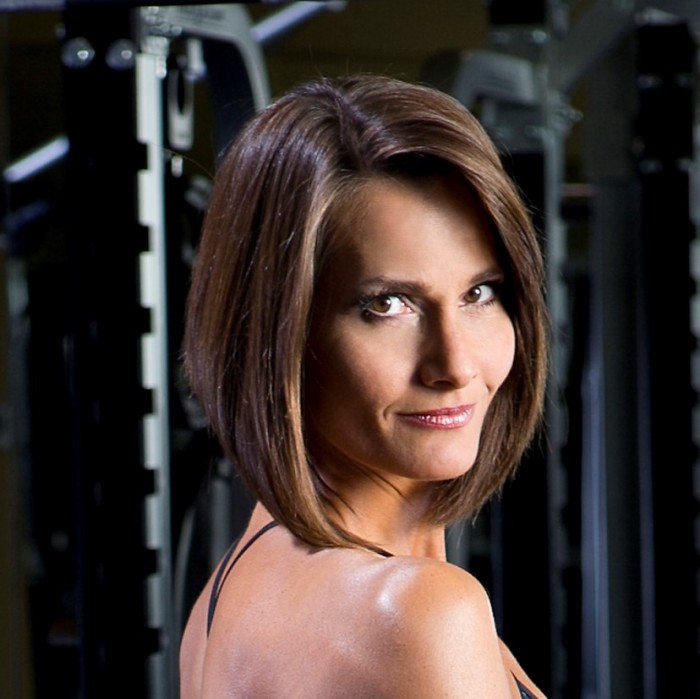A while back we touched on the fact that raw power output has limited relevance when it comes to performance. When power readings are relative to body weight, also referred to as power-to-weight ratio, the metrics tell a very different story. An example was given of two riders that have identical FTP stats. One rider weighs significantly less than the other. If both riders are able to produce the same amount of power and one has less mass to move, which one is stronger? The one with the higher watts per kilogram (W/kg) is stronger on a relative basis. The rider pushing more raw watts? It depends on the terrain and the effects of gravity.
But, wait. We are sitting indoors, in the dark, on bikes that are going nowhere. The only hills in a cycling class are the ones the instructor invites us to imagine. So what is the relevance in focusing on our power-to-weight ratio?
W/kg as a standardised performance measurement
Using W/kg provides a standardised metric to compare riders of different body composition to one another. I often refer to it as the great equaliser as it levels the power playing field.
It also allows for better distinction between male and female athletes. Physiologically, males have more lean muscle mass than females. More muscle means the potential to produce more overall power. Men also have larger hearts and lungs which equates to a more efficient engine to supply oxygen to working muscles.
Review of collated data on maximal power output highlights that men tend to produce anywhere from 1.16-1.21 times more power W/kg than women during one hour maximal efforts. As the duration of the event decreases, the power differential increases.
Resistance, drag and gravity
When cycling outside there are three external factors that will impact performance. Rolling resistance, aerodynamics, and gravity. Rolling resistance refers to tire pressure and the surface of the terrain you are riding on. Another way to think of rolling resistance is friction, and of the three factors, it tends to have the least significance on performance. Co-efficient of aerodynamic drag (CdA) is the result of a body’s drag size, shape and surface texture. CdA is most relevant on a flat course but is still a significant force to contend with at any point in time on the bike. On hills most of the work is done against gravity and this is when a rider’s weight really starts to play a part.
Accelerating or moving mass uphill against the force of gravity requires power.
On terrain that has a lot of elevation gain, your power-to-weight output matters. Courses that are primarily flat, the power-to-weight matters less than the absolute power output matters. When power-to-weight ratios are identical, the rider with the highest absolute power will be faster.
At the end of the day there are three ways to impact your power-to-weight ratio:
1. Increase your power output while keeping your weight constant
2. Keep your pwoer output constant while decreasing your weight, or
3. Increase your power output while also decreasing your weight.
In conclusion, w/kg is a valid and useful measurement and you should be aware of what it means. However, you won’t truly understand the significance of it until you head outside and hit those rollers. The heavier you are the slower you’ll climb, but you will make up for it on the back side because downhill is when gravity is your friend.




